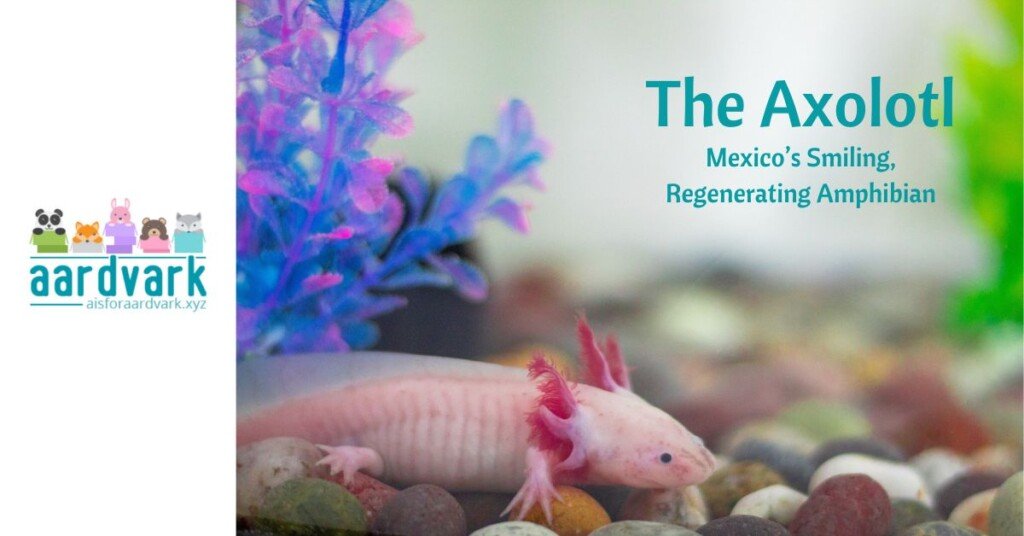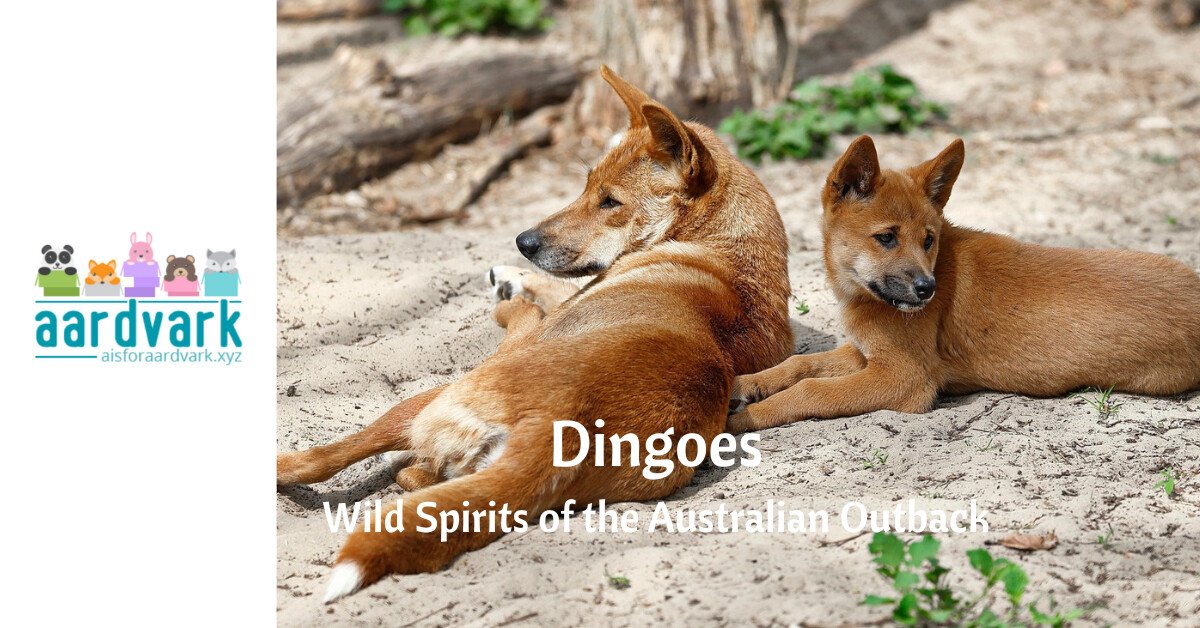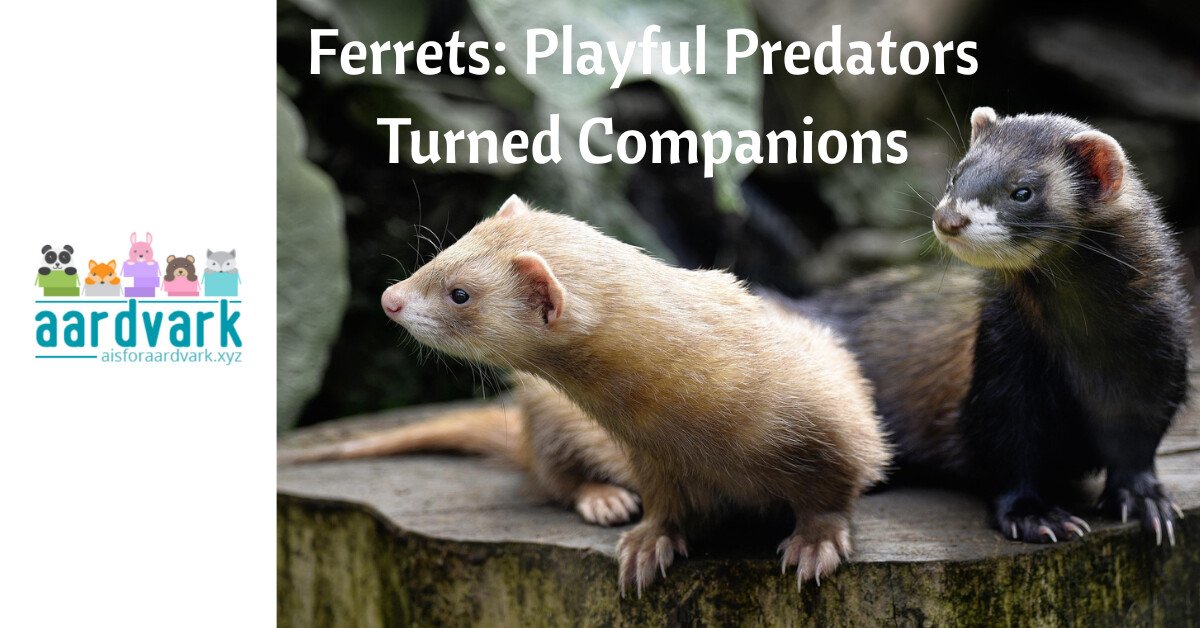The axolotl (Ambystoma mexicanum) is a fascinating amphibian, easily recognizable for its unique appearance – it even appears to be smiling! It’s popular culturally and has been the subject of viral videos; it’s also a popular pet.
Besides this, the axolotl is renowned for its unique ability to regenerate limbs, spinal cord, and even parts of its heart and brain. Also, axolotls retain their larval features throughout their lives, unlike most amphibians. This phenomenon is called neoteny. This means that this incredible creature has external gills and an aquatic lifestyle.
Native to the ancient lakes of Mexico, the axolotl holds a special place in Aztec mythology and modern culture, symbolizing resilience and transformation.
Once thriving in the clear waters of Lake Xochimilco, this species is now critically endangered in the wild due to habitat destruction and pollution. But even with its precarious status in nature, the axolotl has gained popularity worldwide as both a scientific marvel and a beloved pet, celebrated for its “smiling” appearance and variety of striking color morphs.
Taxonomy and Species Background
The axolotl belongs to the family Ambystomatidae and is closely related to tiger salamanders (Ambystoma tigrinum). Unlike its terrestrial relatives, the axolotl remains fully aquatic. It rarely undergoes metamorphosis unless environmental factors or hormonal treatments provoke this change. Its unique biology has made it a model organism in scientific research, particularly in studies of regeneration and development.
Historically, the axolotl was revered by the Aztecs, who believed it to be an incarnation of the god Xolotl. This connection to mythology adds another layer of intrigue to this extraordinary creature, inspiring scientists, artists, and conservationists.
Physical Characteristics of Axolotls
Axolotls are fascinating creatures. They measure about 15–30 centimeters (6–12 inches) in length and weigh between 60–200 grams (2–7 ounces). Their elongated, smooth bodies are crowned with feathery external gills, which protrude from the sides of their heads and serve as their primary respiratory organs. These gills are highly efficient for their aquatic lifestyle. At the same time, they give them a distinctly alien yet endearing appearance.
Coloration varies widely due to natural variations and captive breeding. Wild axolotls typically exhibit a dark, mottled greenish-brown hue, helping them blend into their murky lake habitats. However, captive-bred axolotls display a range of morphs, including albino, golden, leucistic (pale pink with dark eyes), and melanistic (black). This diversity increases their appeal as pets and study specimens.
Their skeletal and muscular systems are adapted for underwater movement, with sturdy limbs and webbed toes enabling them to walk along the lakebed or swim with a gentle undulating motion. Remarkably, axolotls can regenerate not just limbs but also complex tissues, such as spinal cord sections and parts of the heart, making them invaluable in scientific research.
Habitat and Distribution
Axolotls are endemic to the remnants of ancient lakes in the Valley of Mexico, specifically Lake Xochimilco and, historically, Lake Chalco (now drained). These high-altitude freshwater systems once provided a pristine habitat with abundant vegetation, clean water, and rich biodiversity.
Today, however, their habitat is a fraction of its former size due to urban expansion and water pollution. The introduction of invasive species like tilapia and carp has also been harmful since these compete for resources and prey on axolotl eggs and larvae. This loss has rendered the axolotl critically endangered in the wild. However, conservation efforts, including habitat restoration and protected reserves aim to reverse their decline.
Diet and Feeding Habits
Axolotls are carnivorous. They primarily feed on small aquatic invertebrates, such as worms, crustaceans, and insect larvae. In the wild, they are opportunistic feeders, using their suction-feeding technique to draw prey into their mouths. This mechanism is aided by their wide, toothless jaws, which create a strong vacuum to capture prey efficiently.
In captivity, axolotls thrive on diets consisting of bloodworms, brine shrimp, or specially formulated pellets. Their feeding habits help regulate aquatic ecosystems. They help control populations of smaller organisms and maintain balance in their habitats.
Reproduction and Lifecycle
The axolotl’s reproductive behavior is intricate and fascinating. During courtship, males perform a dance-like display, depositing packets of sperm called spermatophores. Females collect these to fertilize their eggs internally. A single female can lay up to 1,000 eggs, attaching them to plants or other surfaces in the water.
Eggs hatch after 10–14 days, giving rise to tiny, fully aquatic larvae.
Axolotls in Science
Axolotls have gained global recognition in the field of regenerative medicine. Their ability to regenerate has intrigued scientists for decades. Research into axolotl regeneration may pave the way for advancements in human medicine, including treatments for spinal injuries and organ repair.
Additionally, axolotls are widely used in developmental biology studies. Their large, transparent eggs allow researchers to observe embryonic development with ease. As a model organism, the axolotl provides valuable insights into genetics, growth, and healing processes.
Cultural Significance of the Axolotl
The axolotl holds a prominent place in Mexican culture and history. In Aztec mythology, it is associated with the god Xolotl, the deity of fire and lightning, who transformed into this creature to evade sacrifice. Its name, derived from the Nahuatl language, translates to “water dog.”
In modern times, the axolotl has become a national treasure of Mexico, appearing in art, literature, and even currency. The axolotl’s inclusion in video games, memes, and animations has further cemented its role as a beloved cultural icon.
Conservation Status and Threats
The axolotl is critically endangered in the wild, with its population dwindling due to habitat destruction, pollution, and invasive species like tilapia and carp. Urban expansion in the Valley of Mexico has severely fragmented its natural habitat, leaving only small sections of Lake Xochimilco suitable for survival.
Conservation efforts are underway to protect this unique species. Programs in Mexico focus on restoring aquatic habitats, breeding axolotls in captivity, and educating the public about their importance. Internationally, research institutions and zoos contribute to these efforts through breeding programs and scientific studies. Public awareness campaigns have also highlighted the urgent need to save the axolotl.
The axolotl is a remarkable creature, celebrated for its unique adaptations, cultural significance, and scientific importance. As a symbol of resilience and transformation, it inspires efforts to protect its fragile existence. By preserving the axolotl and its habitat, we safeguard a vital piece of natural and cultural heritage, ensuring future generations can marvel at this extraordinary amphibian.







